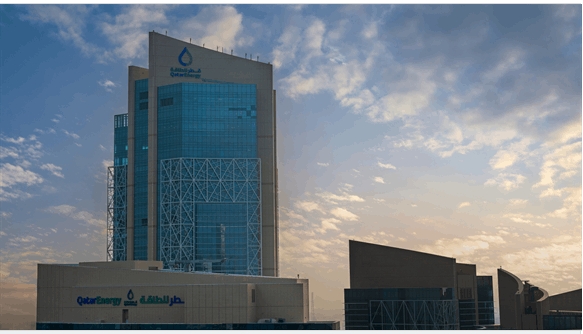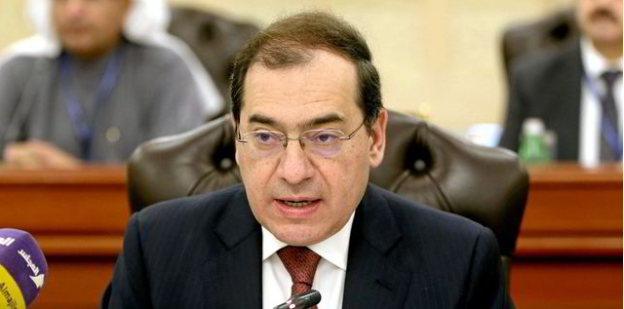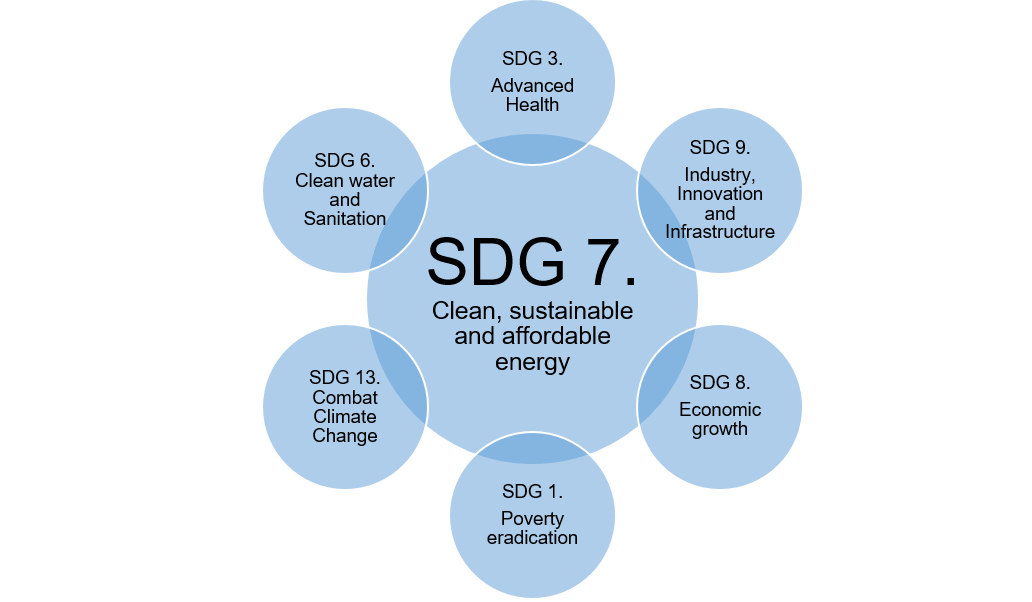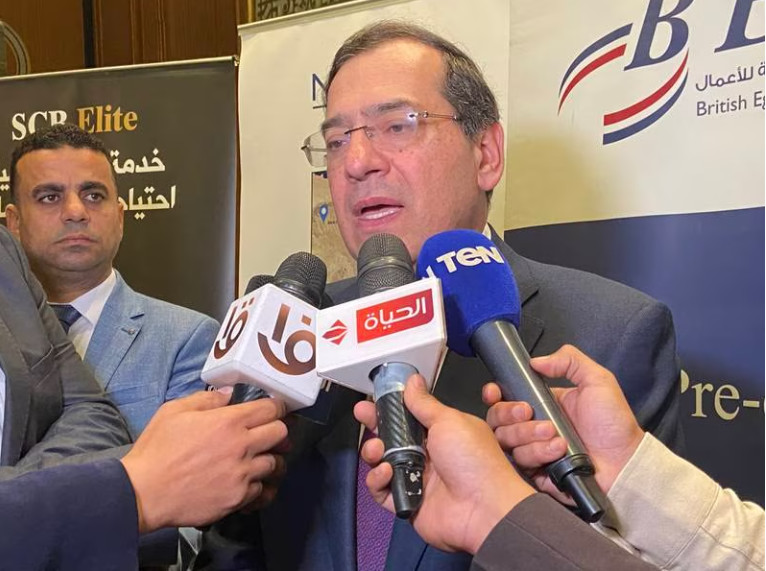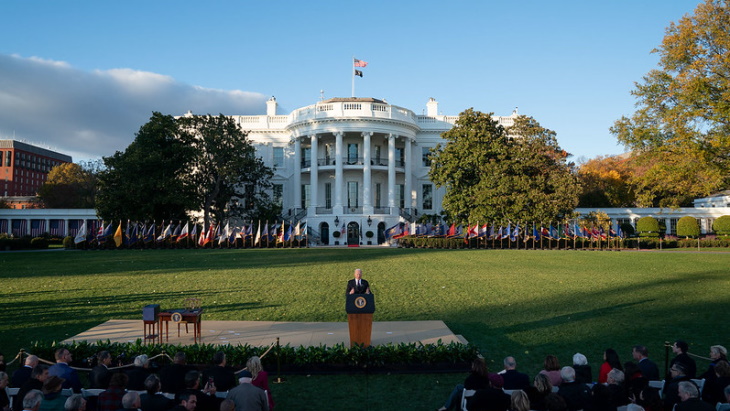
The law - its full title is the Infrastructure Investment and Jobs Act - sets out a USD1.2 trillion package as part of President Joe Biden's Build Back Better agenda, including more than USD62 billion for the DOE to deliver an equitable clean energy future, including supporting the continued operation of nuclear power plants which currently provide more than half of the USA's clean electricity.
"US nuclear power plants are essential to achieving President Biden's climate goals and DOE is committed to keeping 100% clean electricity flowing and preventing premature closures," Secretary of Energy Jennifer Granholm said.
"The Bipartisan Infrastructure Law makes this all possible by allowing us to leverage our existing clean energy infrastructure, strengthen our energy security and protect US jobs."
The USD6 billion Nuclear Credit Program will allocate credits to reactors which are "certified" to say they are projected to cease operations due to economic factors, that cessation of operations would result in a projected increase in air pollutants, and that there is reasonable regulatory assurance that the reactor will continue to operate safely.
Credits will be allocated to selected certified reactors over a four-year period and can be awarded up until the end of September 2031, if funds remain available.
A Notice of Intent (NOI) and Request for Information (RFI) on the implementation of the USD6 billion Civil Nuclear Credit Program was announced on 11 February and published in the Federal Register on 15 February. The NOI allows potential applicants to submit voluntary, nonbinding expressions of interest in the programme, while the RFI seeks input from stakeholders on its proposed approach. A deadline of 17 March has been set for general responses, with responses specifically on certification to be sent by 8 March.
Hydrogen Shot
The department has also announced two RFIs to inform hydrogen programmes under the Bipartisan Infrastructure Law, with USD8 billion earmarked for regional "clean hydrogen hubs" to expand the use of hydrogen in the industrial sector and beyond; USD1 billion for a Clean Hydrogen Electrolysis Program to reduce costs of hydrogen produced from clean electricity; and USD500 million to support hydrogen manufacturing and recycling initiatives.
Most of the USA's current production of hydrogen - about 10 million tonnes per year, compared with global production of some 90 million tonnes - is from natural gas through steam methane reforming, DOE said. Electrolysis technology, which uses electricity to produce hydrogen from water, "could allow for the production of hydrogen using clean electricity from renewable energy including solar, wind, and nuclear power," it said.
The RFIs will help accelerate progress, reduce technology cost, and ramp up the use of hydrogen as a clean energy carrier, DOE said, and will also provide feedback to support its Hydrogen Shot effort to cut to cost of clean hydrogen to USD1 per 1 kilogram in one decade.
Responses to the Hydrogen Hubs Implementation Strategy RFI are due by 8 March and to the Clean Hydrogen Manufacturing, Recycling and Electrolysis RFI by 29 March.
